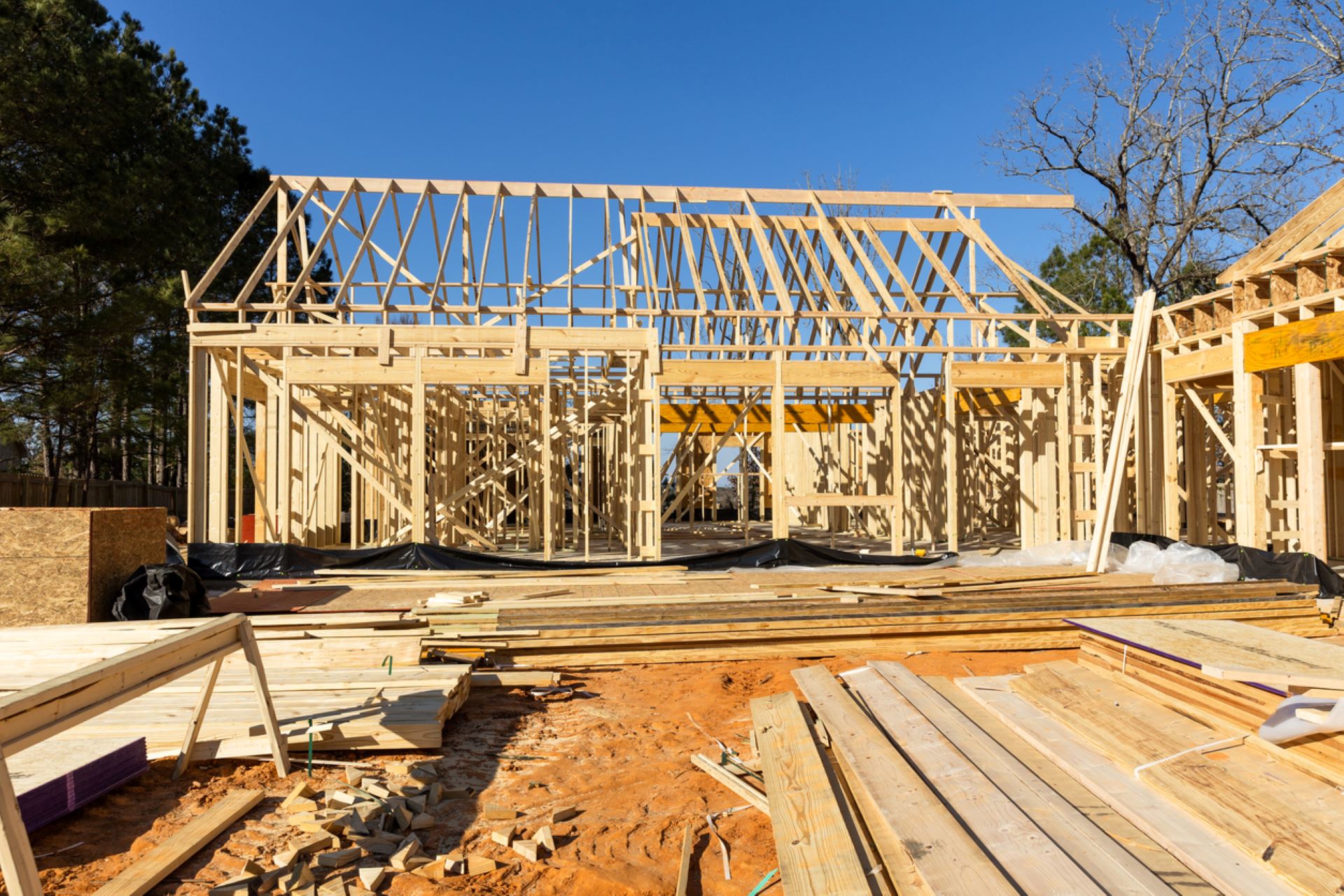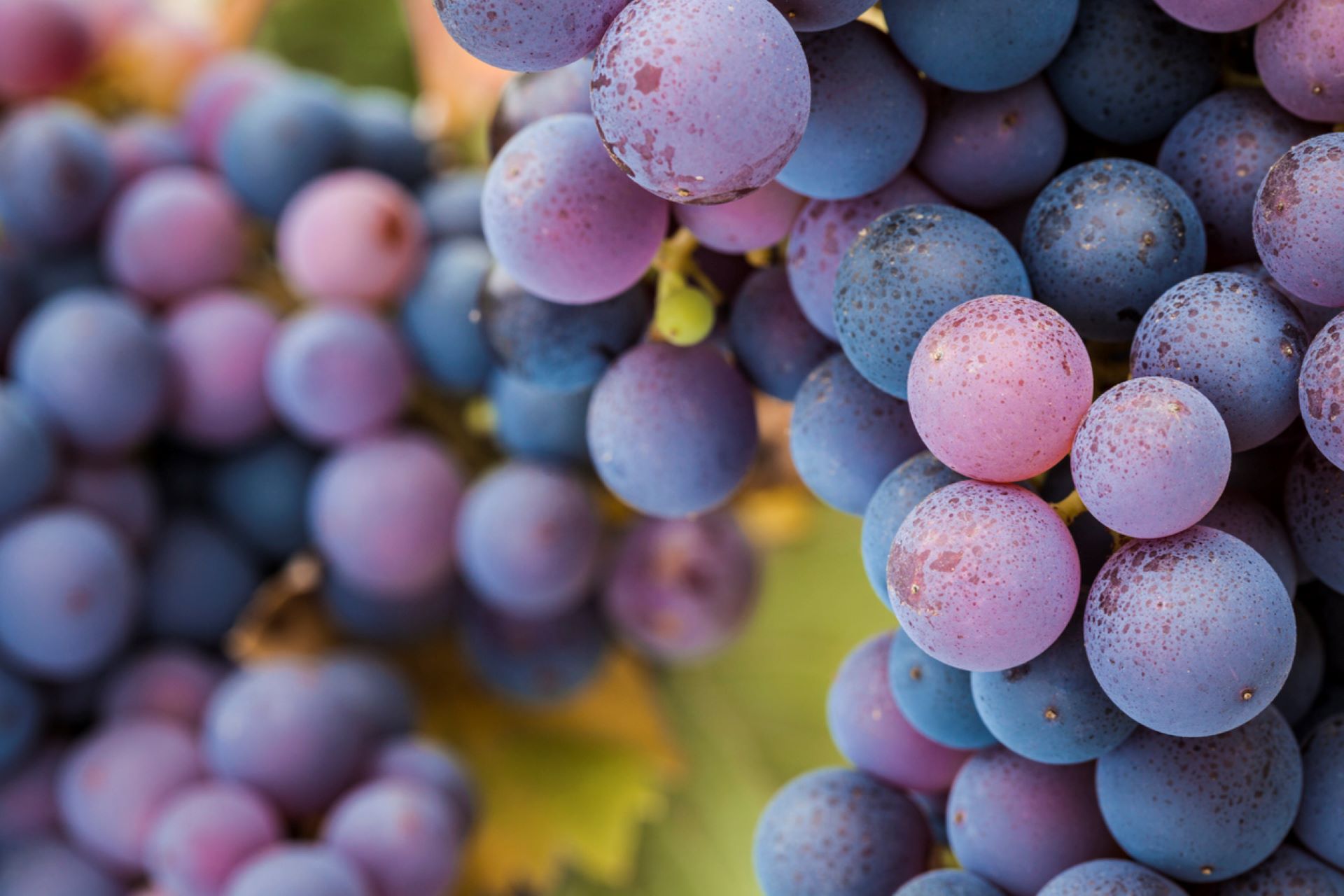NASA scientists have already played a role in feeding hungry babies and providing for a better night's rest.
And the space agency continues to set new standards with fascinating research, surpassing baby formula and memory foam with technology that could again change key parts of our lives.
Here is some more tech we can chalk up to out-of-this-world aspirations.
Sugar Volt aircraft

This NASA and Boeing creation is a hybrid that uses electric engines to make it 70% more efficient than typical aircraft, according to Supercar Blondie. It's the size of a Boeing 737, with longer, foldable wings, helping to provide for a shorter takeoff. While still just a concept, Supercar reports that it could be in the skies by 2050, helping to reduce the approximately 2.5% of heat-trapping air pollution the aviation sector produces each year, as noted by Our World in Data.
Fungus-based buildings

The key to building a secure home on Mars could be unique, threaded fungal roots from Earth. Mycelia networks are durable organisms that NASA experts think will survive space travel. They can grow around a house-shaped frame, forming a lightweight structure fit for gnomes, Martians, and humans alike. A layer of frozen water and some other preparations would contribute to making the dome dwellings suitable for alien worlds, per NASA. Archinect noted that researchers think the fungus can also provide a cleaner building material on Earth, as well.
A battery that reaches new heights

Batteries are already great at powering electric vehicles, but adequate storage capacity has been a hurdle for long-lasting flights. That could soon change, as NASA's dedicated team of battery experts is developing a sulfur selenium prototype that has safety and energy density specs billed as superior to lithium-ion alternatives. While electric flying machines exist, a safer, more durable, and more powerful battery that can withstand the rigors of flight could propel the sector into a far cleaner future. Testing on this concept is ongoing, per reports.
Artificial intelligent farming

Hawai'i is an example of how disasters like wildfires can impact our food system. NASA has linked our planet's overheating to increased risks for severe blazes like the kind that devastated the Pacific island state. Now NASA is researching using satellites and AI to monitor fields, helping to sustain the food supply in areas hit by catastrophe, according to Food Dive. The tech can gauge crop health, soil conditions, and other key factors from afar. Advanced computing then provides valuable insights to help farmers and food system planners deal with changing conditions. "There's a need … to be able to monitor how much food and where food is being grown," Hannah Kerner, who is working on the NASA project, told Food Dive.
Better-tasting wine

The NASA cheese and cracker division better be on the ball. That's because advanced imaging devices placed on the belly of airplanes allow experts to quickly identify diseases in grape crops, including tough-to-diagnose ailments that sour the fruit. The NASA technology can astoundingly detect infections in grapevines before human eyes can spot the symptoms. Various molds, bacteria, and viruses can destroy up to 30% of yields each year, according to Phys.org. Thanks to this tech, grape farmers could soon be able to harvest much larger — and sweeter — percentages from the vine. Cheers.
Join our free newsletter for weekly updates on the latest innovations improving our lives and shaping our future, and don't miss this cool list of easy ways to help yourself while helping the planet.









